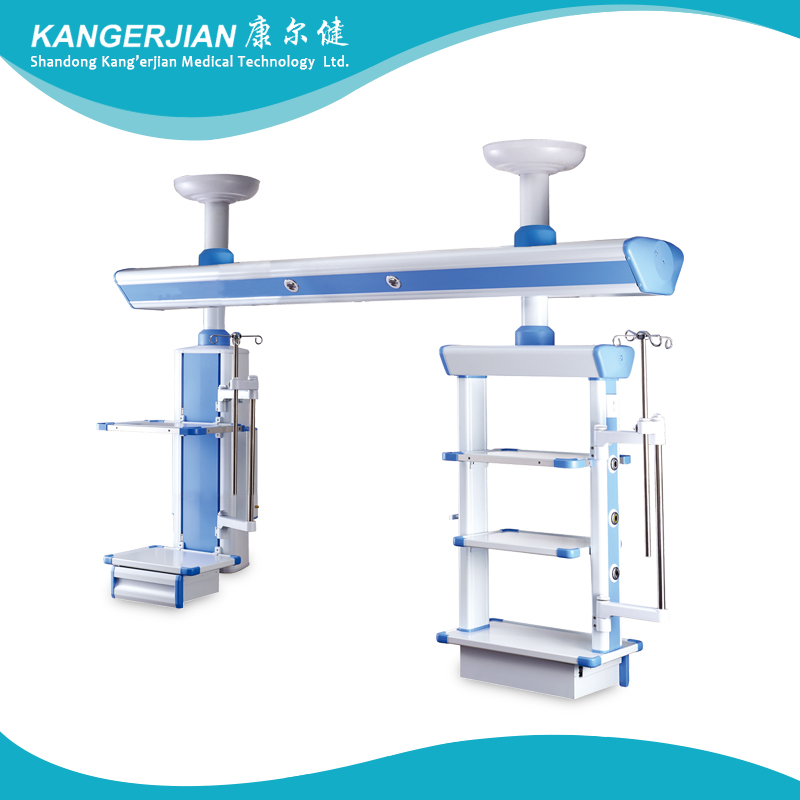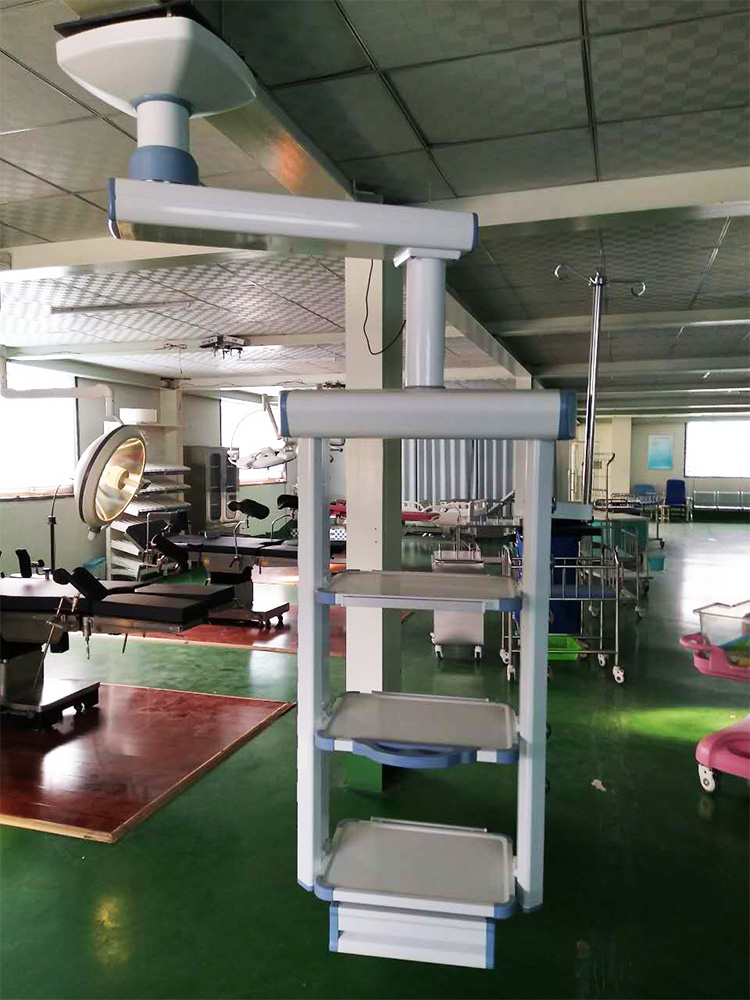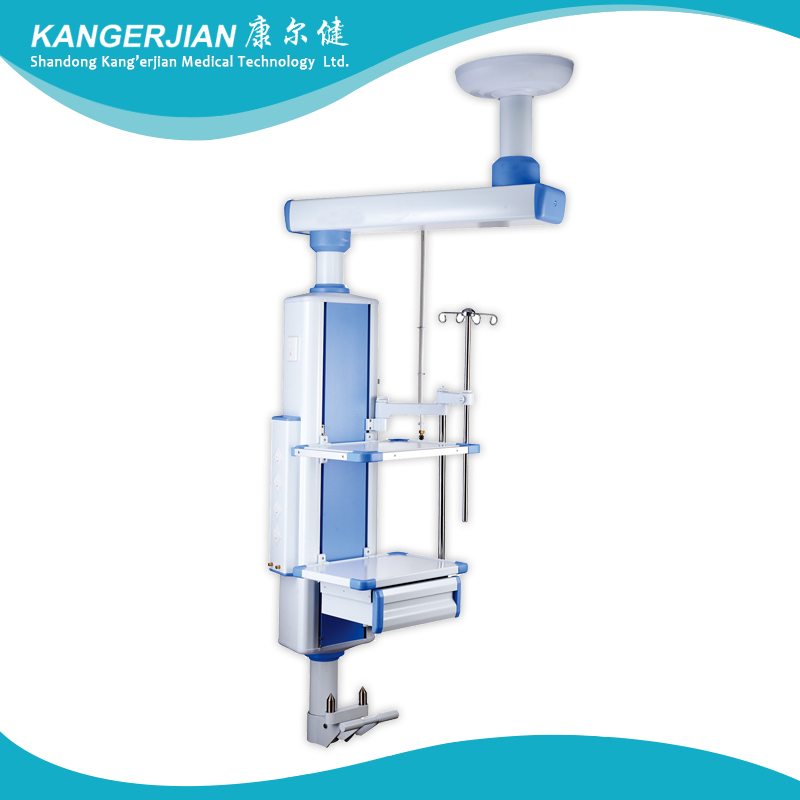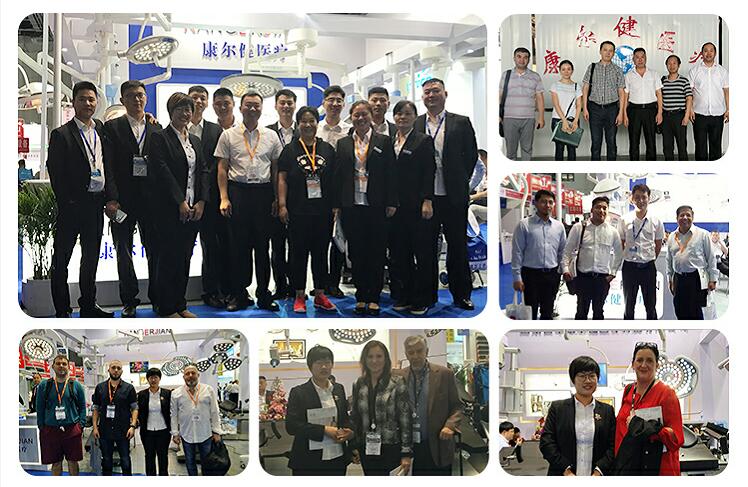Release date: 2007-10-11
Acute ischemia-reperfusion injury on the kidneys The severe ischemia-reperfusion injury is not only the cause of massive renal tubular necrosis, sharp decline in renal function and increased mortality, but also can lead to tubulointerstitial fibrosis, affecting the long-term of the kidney. Prognosis. Overexpression of TGF-β1 and increased myofibroblasts may mediate fibrotic lesions.
Acute renal failure is a clinical syndrome in which the kidney itself or extra-renal causes a sharp decrease in renal urinary function, resulting in a serious disorder in the body's environment. Mainly manifested as oliguria or anuria, azotemia, hyperkalemia and metabolic acidosis. In the fourth issue of the Chinese Journal of Nephrology, a study was published in the fourth issue of the study. The researchers prepared a rat IR model by clamping the bilateral renal pedicles for 40 minutes. Blood samples and kidney specimens were collected at 4h, 24h, 48h, 72h, 1 week, 5 weeks and 10 weeks after operation, and renal pathology, renal function and death were observed dynamically. The ultrastructure of tubular epithelial cells was observed by transmission electron microscopy. The apoptosis of renal tubular epithelial cells was detected by TUNEL. The degree of interstitial fibrosis was observed by Masson staining. The α-smooth muscle actin was determined by Western blotting. (α-SMA) expression; immunohistochemistry was used to observe the distribution and expression of α-SMA and transforming growth factor β1 (TGF-β1) in the kidney.
To investigate the short-term and long-term effects of acute ischemia-reperfusion (IR) injury on rat kidney and its mechanism. Researchers from the Department of Nephrology, Zhongshan Hospital, Fudan University, and other researchers showed that the levels of Scr and BUN in the IR group gradually increased after reperfusion, reaching the highest peak at 48 hours. The mortality rate was 32% (8/25) in the IR group and 0 (0/22) in the Sham group. Peripheral renal tubular epithelial cells showed extensive necrosis and a small amount of apoptosis in the 48hIR group after reperfusion; mild to moderate tubulointerstitial fibrosis occurred in the IR group at 5 and 10 weeks after surgery, and renal α-SMA and TGF were observed 1 week after operation. The expression of β1 protein was significantly increased, and the expression of the latter was decreased but still higher than that of the Sham group. Therefore, severe ischemia-reperfusion injury is not only the cause of massive necrosis of early tubules, sharp decline in renal function and increased mortality, but also can lead to interstitial fibrosis and affect the long-term prognosis of the kidney. Overexpression of TGF-β1 and increased myofibroblasts may mediate fibrotic lesions. Meditech Medical Devices Network
ICU Arm bridge for the hospital ICU wards, intensive care unit of modern medical rescue necessary auxiliary equipment ,mainly by the bridge dry and wet sections, characterized by the separation of wet and dry is reasonable structure ,allocation of landing and taking off the wet paragraph flexible and fluid infusion pump rack frame and infusion pump mount .
Paragraph can be equipped with wet and dry conditioning off and landing platform for the medical care equipment ,in the segment, respectively ,of wet and dry oxygen, air attracted by strength of electricity ,the network input terminals can be configured in the health care workers and staff body of tower.
The moving parts adopts Damping Friction Brake system, while also matching your request in accordance with paging communications ,monitoring ,video telephony, background music ,as well as teaching and long-distance diagnosis system.





Double Arm Electric Medical Pendant
Double Arm Electric Medical Pendant,Ceiling Pendant,Double Pendant Light,Electric Medical Pendant
Shandong Kang'erjian Medical Technology Ltd. , https://www.operatingtable.nl